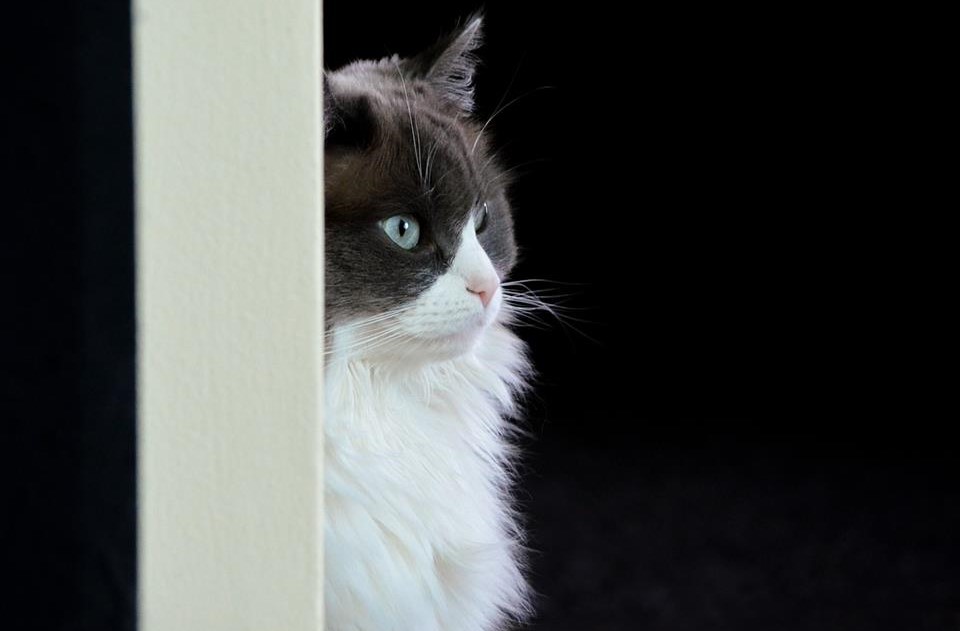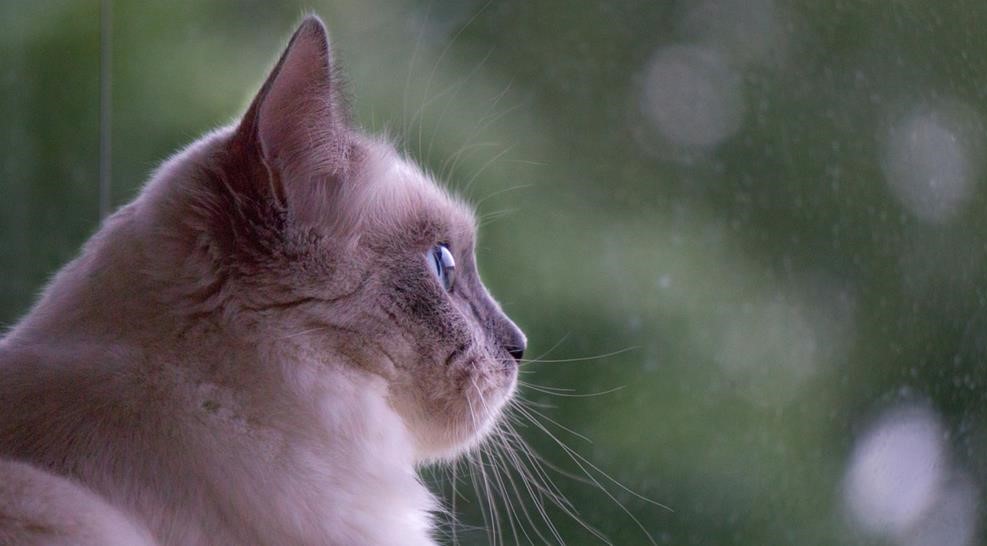Ragdoll cats, with their striking appearance and affectionate demeanor, are cherished companions for many cat enthusiasts. These gentle giants are known for their semi-long fur, striking blue eyes, and docile personalities. To keep your Ragdoll in optimal health and maintain their well-being, a crucial aspect to consider is their feeding schedule. Determining how often to feed your Ragdoll is a decision that requires careful consideration to ensure they receive the appropriate nutrition and maintain a healthy weight.
Understanding Your Ragdoll’s Nutritional Needs
Before deciding on a feeding frequency, it’s essential to understand the nutritional requirements of your Ragdoll cat. Ragdolls, like all cats, are obligate carnivores. This means they require a diet primarily composed of animal-based proteins to thrive. High-quality commercial cat foods that list meat or poultry as the main ingredient are typically a good choice for providing essential nutrients.
Factors Influencing Feeding Frequency
Several factors play a role in determining how often you should feed your Ragdoll:
- Age: Kittens have higher energy and growth requirements, so they generally need more frequent meals compared to adult cats.
- Activity Level: An active Ragdoll may require more calories and might benefit from multiple meals throughout the day.
- Weight Management: If your Ragdoll needs to lose or maintain weight, portion control and feeding frequency become crucial considerations.
- Health Status: Cats with certain health conditions, such as diabetes or thyroid issues, may require specific feeding schedules as advised by a veterinarian.

Feeding Guidelines for Ragdoll Cats
Here are some general feeding guidelines to consider for Ragdoll cats:
- Kittens (up to 6 months): Kittens are growing rapidly and have high energy needs. They should be fed around 3 to 4 times a day. High-quality kitten food is recommended to meet their specific nutritional requirements.
- Adult Ragdolls (6 months to 8 years): Most adult Ragdoll cats do well with 2 to 3 meals a day. Monitor their weight and adjust portion sizes as needed to maintain a healthy weight.
- Senior Ragdolls (8 years and older): As cats age, their metabolism may slow down, and they may become less active. Senior cats may benefit from 2 meals a day and should be offered diets tailored to their age-related needs.
Tips for Successful Feeding
- Consistency: Try to maintain a consistent feeding schedule to help regulate your Ragdoll’s metabolism and digestive system.
- Portion Control: Follow the feeding guidelines provided on the cat food packaging or as recommended by your veterinarian. Overfeeding can lead to obesity and related health issues.
- Water Availability: Ensure your Ragdoll always has access to fresh, clean water to stay hydrated.
- Avoid Table Scraps: Human food may not meet your cat’s nutritional needs and can lead to obesity or digestive issues.
- Consult Your Veterinarian: Your veterinarian is the best source of advice for determining the right feeding frequency and diet for your Ragdoll. They can consider your cat’s individual needs and make recommendations accordingly.
Final Verdict
In conclusion, feeding your Ragdoll cat is a crucial aspect of their care that directly impacts their overall health and well-being. Understanding their nutritional needs, considering their age, activity level, and health status, and consulting with your veterinarian are all important steps in determining the optimal feeding frequency for your beloved feline companion. By providing them with balanced nutrition and a well-structured feeding routine, you’re contributing to their longevity, happiness, and quality of life.



